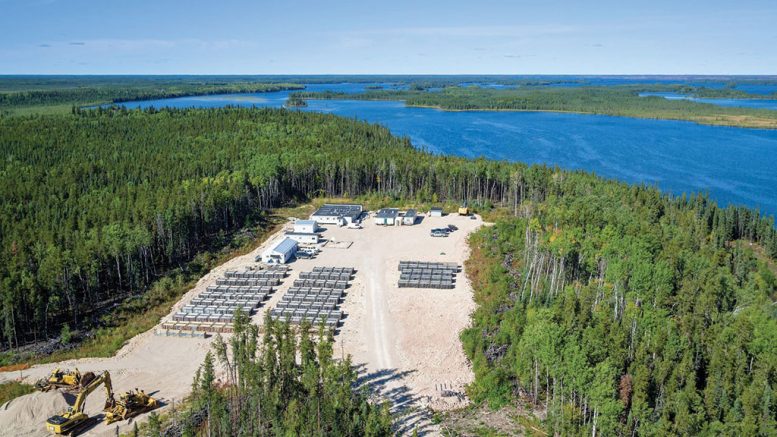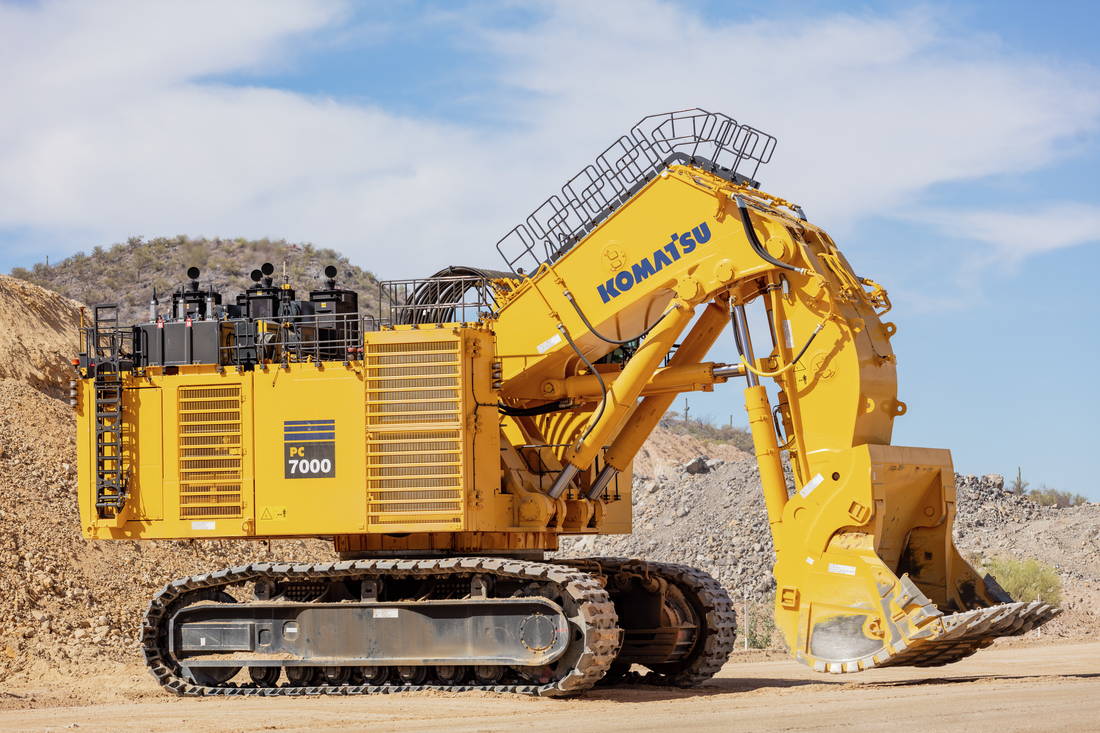Foran advances McIlvenna Bay in Saskatchewan

Foran Mining (TSXV: FOM) is on track to complete a feasibility study before year-end on its flagship McIlvenna Bay volcanogenic massive sulphide (VMS) deposit in Saskatchewan.
The deposit — situated on the western edge of the Flin Flon greenstone belt, 65 km west of Flin Flon, Man. — has been traced to a depth of 2 km and features zinc and copper mineralization, along with silver, gold and lead.
The company released an updated resource estimate for McIlvenna Bay in May, outlining 22.95 million indicated tonnes grading 1.17% copper, 3.05% zinc, 0.44 gram gold per tonne and 16.68 grams silver per tonne for 1.5 billion contained lb. zinc and 593 million lb. copper. Inferred resources measure 11.15 million tonnes grading 1.38% copper, 1.83% zinc, 0.47 gram gold and 14.81 grams silver for 450 million lb. zinc and 340 million lb. copper. It remains open at depth and to the northwest.
“We are in a pretty unique position these days,” Patrick Soares, the company’s president and CEO, tells The Northern Miner. “We have a great deposit in a supportive jurisdiction, with infrastructure nearby, and we can negotiate and take advantage of these facilities … We have access to a mining town that has been a mining town for 100 years.”

Drill core from Thunder zone at Foran Mining’s McIlvenna Bay VMS project. Credit: Foran Mining.
Foran has already attracted Glencore (LON: GLEN), which agreed in December 2017 to help advise on the feasibility study in exchange for an exclusive offtake contract that allows the major to buy or toll-process — at market prices — all of McIlvenna Bay’s concentrates and mineral products. Glencore also agreed to assist Foran procure project financing, and has offered to provide technical services if the project moves into construction.
Foran’s shareholder roster has heavy-hitters, too, like mine financier Pierre Lassonde, who owns an 11.5% stake in the company. Other high net-worth individuals hold 14.5% of the company, while institutions own 37%, and management and directors, 17%.
Having a shareholder base with experience in the sector comes with its advantages. “We do lean on Pierre’s experience and contacts to open up doors for us,” Soares says. “Pierre has a lot of knowledge and experience in the business, and has done a lot of deals over the years. He’s a great shareholder to lean on.”
For now, Foran is focused on finishing the feasibility study on time. In the current study, Foran has worked on ramp access to avoid the cost of sinking a shaft. But the company says that it will consider making a shaft with a raisebore in the mine’s later years, which would be “a lot cheaper” than sinking a shaft at the outset, Soares says.
In terms of experience in mineral exploration and development, Foran’s team has a track record of value creation. Soares is a geologist and was the president and CEO of Brett Resources, which defined the Hammond Reef deposit in Ontario before it was acquired in 2010 by Osisko Mining, which in turn was acquired by Agnico Eagle Mines (TSX: AEM; NYSE: AEM).
Roger March, Foran’s vice-president of exploration, brings experience in project advancement and was involved with the progression of Agnico Eagle Mines’ Meadowbank gold project through the prefeasibility and feasibility stages.
Cameco (TSX: CCO; NYSE: CCJ) discovered McIlvenna Bay through mapping, geophysical surveys and diamond drilling, and explored the asset between 1976 and 1988.
Foran acquired the 204 sq. km property in 1998.
McIlvenna Bay’s main lens has been traced over 1,700 metres of strike and averages 6 metres thick. The deposit’s copper stockwork zone averages 12 metres thick. It is typically in contact with the main lens, resulting in most of the deposit averaging 18 metres thick. The deposit dips approximately 45 degrees.
Looking beyond the resource and upcoming feasibility, exploration upside remains at both the McIlvenna Bay property and within Foran’s wider holdings in Saskatchewan, the company says, especially since VMS deposits often occur in groups. McIlvenna Bay lies in the Hanson Lake VMS district.

Foran Mining management and geologists review drill sections for the McIlvenna Bay zinc-copper-gold-silver deposit in Saskatchwan. Credit: Foran Mining.
“We know that within a 20 km radius of us, we should be able to find additional deposits, and that would be a great feed to a mill,” Soares says.
Foran has identified the Target A geophysical anomaly, 2 km southeast of McIlvenna Bay and similar in size. The target is planned for follow-up drill testing. The Thunder zone, 7 km southeast of McIlvenna Bay, was discovered in 2013, with the initial drill hole returning a 4-metre intercept holding 4.1% copper and 0.43 gram gold.
In addition, the company has a 100% stake in the 161 sq. km Bigstone property, which is 25 km west of McIlvenna Bay. The principal sulphide unit occurs in the Main zone with copper and zinc mineralization, a steeply dipping body up to 60 metres thick, with a 150-metre strike length. The unit has been drill tested to 700 metres’ depth.
Foran also holds a 100% interest in the 26 sq. km Hanson project, east of McIlvenna Bay. Foran is working on reinterpreting electromagnetic survey results to identify drill targets there.
“We are strong believers that this negative market cycle is done, and we are trying to get this deposit built and ready to catch the next upcycle [in the metals space],” Soares says. “We don’t want to chase, we want to lead the charge into the next base metals cycle.”
At press time, Foran was trading at 22¢ per share. The company has 131 million common shares outstanding for a $29-million market capitalization.
(This article first appeared in the November 11-24, 2019 edition of The Northern Miner)
{{ commodity.name }}
{{ post.title }}
{{ post.date }}

Comments